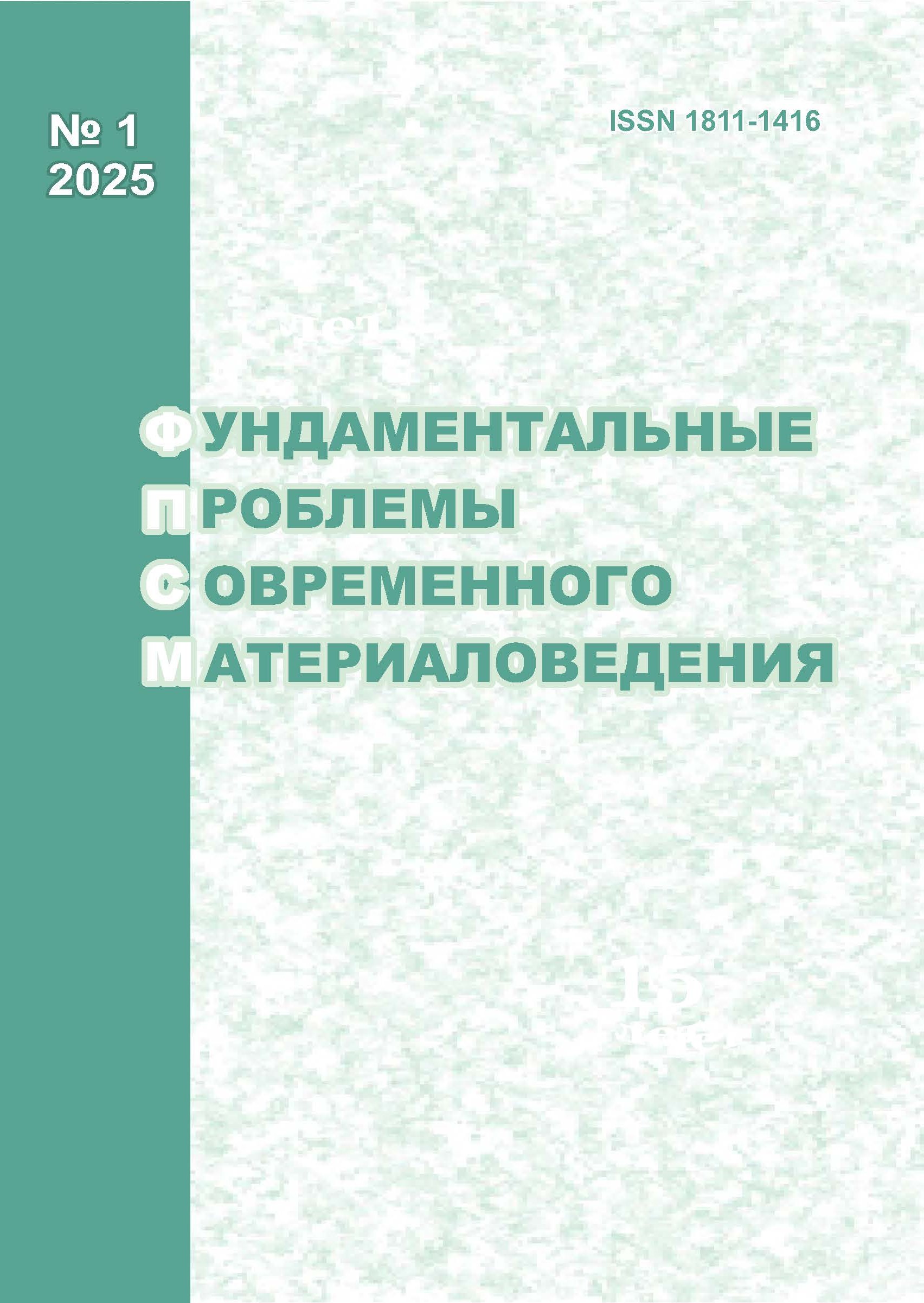SIMULATION OF ULTRASONIC WELDING OF NANOCRYSTALLINE COPPER
10.25712/ASTU.1811-1416.2025.01.009
Keywords:
ultrasonic welding, molecular dynamics, solid state joint, nanocrystalAbstract
Using the molecular dynamics (MD) method, we simulated the joining of two nanocrystalline copper blocks by alternating mutual displacements under the action of applied pressure, simulating the process of ultrasonic welding (USW) of metals. The computational cell for the simulation consisted of two copper blocks with columnar grains 6.26 nm in size, having a common column axis [112] and a cross-section in the form of a regular hexagon. The surfaces of the blocks contained irregularities described by a sinusoid with an amplitude of 10 Å. The system was initially relaxed under a given pressure from 0.25 to 2 GPa until equilibrium was reached at a temperature of 300 K, then sinusoidal displacements with an amplitude of 5 nm in opposite directions were imparted to the blocks. The simulation showed that the joint was formed by expanding the contact area of the blocks during mutual shifts of the latter, and the initial cavity is transformed into a pore, the size of which decreases with increasing pressure. At a certain critical pressure, the pore is completely healed and a continuous joint is formed. The nanocrystal formed as a result of joining has an increased atomic volume, which is associated with the relaxation of the pore under the action of shear deformations and tensile stress. The alternating shear deformation occurring during the simulated USW leads to grain growth, including the coalescence of grains that originally belonged to two different blocks. This is an important factor leading to the formation of a defect-free joint during USW.











 Journal «Fundamental’nye problemy sovremennogo materialovedenia / Basic Problems of Material Science»
Journal «Fundamental’nye problemy sovremennogo materialovedenia / Basic Problems of Material Science» This work is licensed under a
This work is licensed under a 
